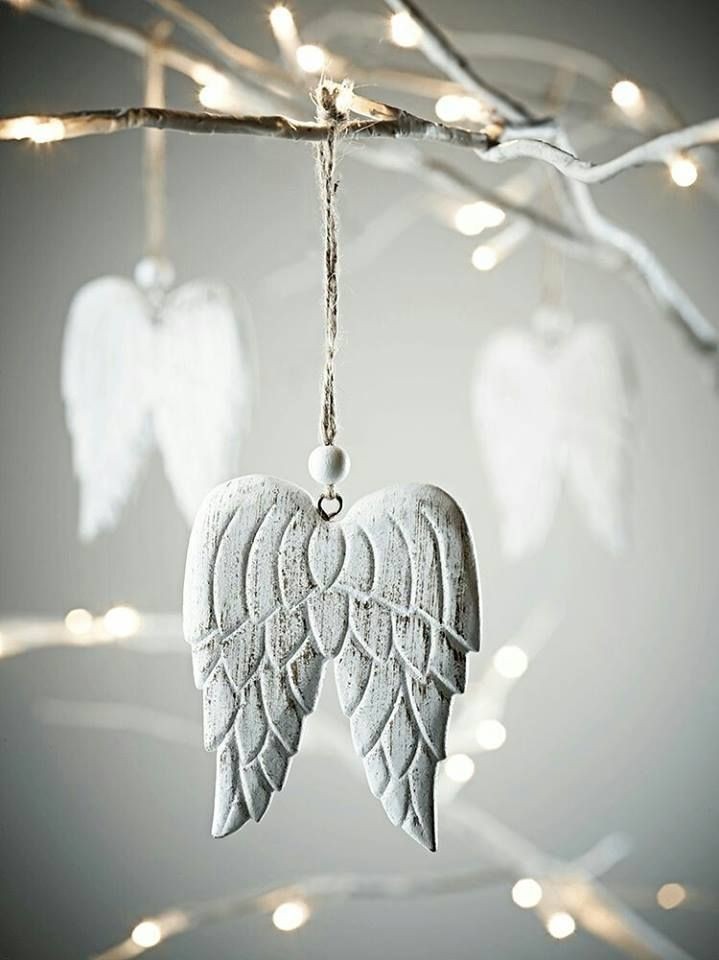Painting: Art Supplies
- Koöko Fleurs
- Feb 12
- 3 min read
Updated: Mar 30

To begin your journey into painting as art therapy, gathering the right supplies is essential. While you don’t need an extravagant setup, having quality materials can enhance your experience and allow you to fully immerse yourself in the creative process. Caring for your tools—cleaning brushes thoroughly after each use, storing paints in a cool, dry place, and organizing your workspace—ensures that they last longer and remain in good condition for future sessions.
For an eco-conscious approach, consider exploring environmentally friendly art supplies. Look for paints with natural pigments, brushes made from sustainable or recycled materials, and canvases crafted from organic fibers or recycled paper. These options not only reduce your environmental footprint but also connect you with the natural world, enriching the mindfulness aspect of art therapy. While traditional supplies may focus solely on performance, ecological alternatives offer the added benefit of aligning your creativity with sustainability, creating a more holistic and mindful practice.
Here's a list of basic supplies to get you started:
Paints
Acrylics are a great choice for beginners due to their versatility and quick drying time. Watercolors and oil paints are other options, each with their unique characteristics.
Brushes
A variety of brushes will allow you to experiment with different techniques. Start with a basic set that includes flat, round, and detail brushes.
Canvas or Paper
Depending on your choice of paint, you'll need canvas boards, stretched canvases, or watercolor paper.
Palette
A palette for mixing colors is essential. You can use a traditional wooden palette, a plastic one, or even a disposable paper palette.
Easel
An easel can make your painting experience more comfortable. If you don't have one, a flat surface like a table will work as well.
Water Jars and Rags
You'll need water jars for cleaning brushes (if using water-based paints) and rags or paper towels for wiping them.
Palette Knives
These can be useful for mixing colors and applying paint in a different texture.
Setting Up Your Space
A well-organized and inspiring workspace can significantly enhance your painting experience, you to focus deeply on your art and the therapeutic benefits it provides. Your environment plays a crucial role in fostering creativity and mindfulness, so it’s worth taking the time to craft a space that feels personal, calming, and functional. From practical considerations like lighting and organization to elements that spark joy and creativity, every detail can contribute to a fulfilling artistic atmosphere. Whether you’re setting up a corner in your home or dedicating an entire room to your practice, creating the right ambiance can turn your painting sessions into cherished moments of peace and self-expression.
Here are some tips:
Lighting
Ensure your workspace is well-lit, preferably with natural light. If that's not possible, use a good quality lamp.
Comfort
Choose a chair and table or easel that are comfortable to work at for extended periods.
Organization
Keep your supplies organized and within easy reach. This can help you stay focused on your painting rather than searching for materials.
Inspiration
Surround yourself with things that inspire you—photos, plants, music, or anything that puts you in a creative mood.
Minimize Distractions
Create a space where you can work without interruptions. Turn off notifications and let others know that this is your dedicated time for art.
With these basics in place, you're ready to start your painting journey. The next step is to explore some techniques and find ways to express yourself through your art.











Comments